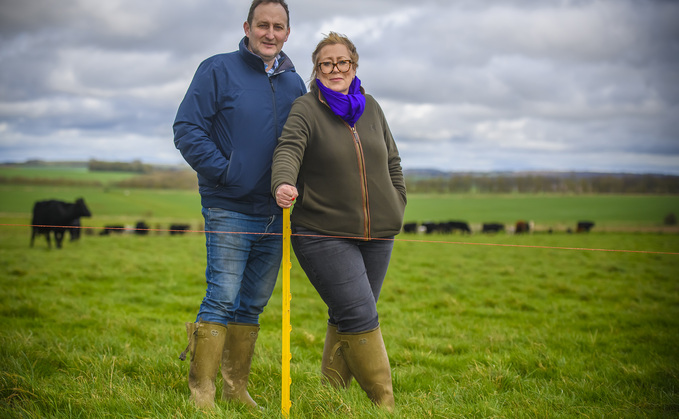
Dan and Catherine Mercer
Aiming to grow their 140-cow suckler herd by improving the grazing system and retaining more home-bred heifers, Dan and Catherine Mercer have transformed their beef business. The Mercers have been implementing...

Dan and Catherine Mercer
Aiming to grow their 140-cow suckler herd by improving the grazing system and retaining more home-bred heifers, Dan and Catherine Mercer have transformed their beef business. The Mercers have been implementing...

2018 CASE-IH 120 LUXXUM

NEW HOLLAND T6.180DCT

New Holland BOOMER 25 Compact Tractor
Keen to rear his beef cattle on home-grown proteins, Lancashire farmer Luke Gardner has also thrown bi-cropping into the mix
There has been a lot of interest in multi-species swards over the last few years and Lorna MacPherson, dairy consultant with SAC Consulting, says this interest is warranted
The Welsh Government has announced the next steps in tackling antimicrobial resistance in animals, which will include £2 million of new funding and the establishment of a new expert advisory group